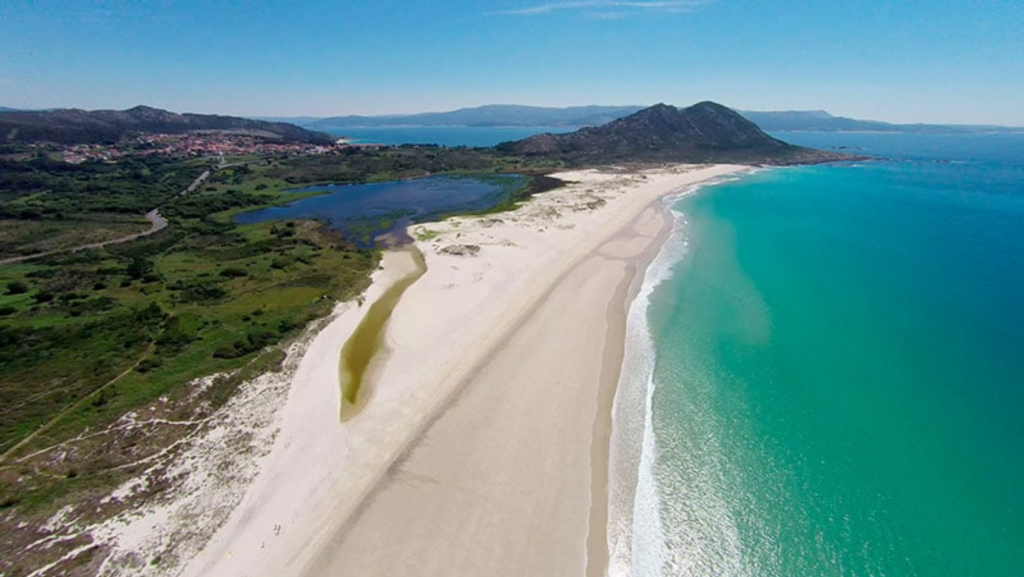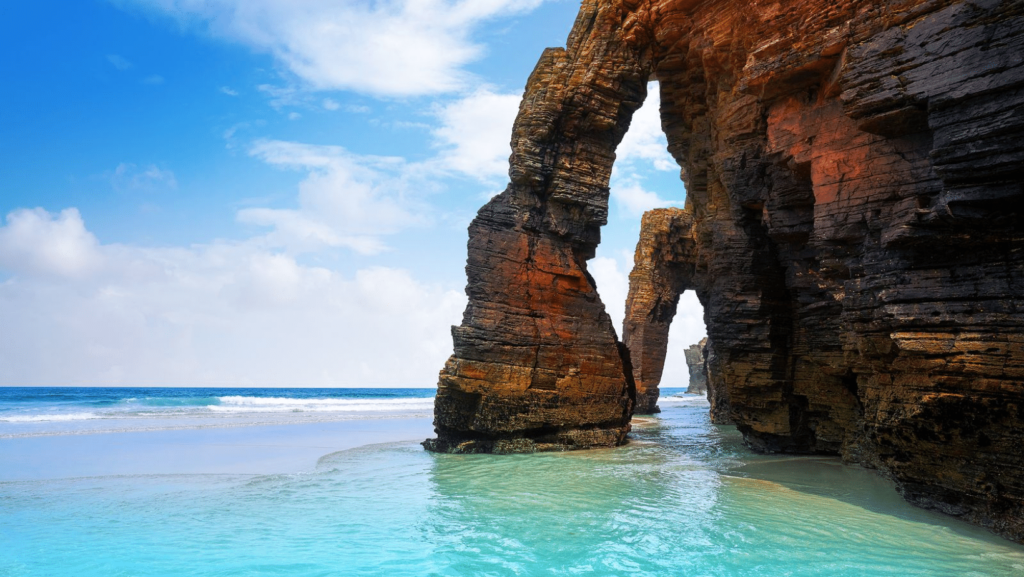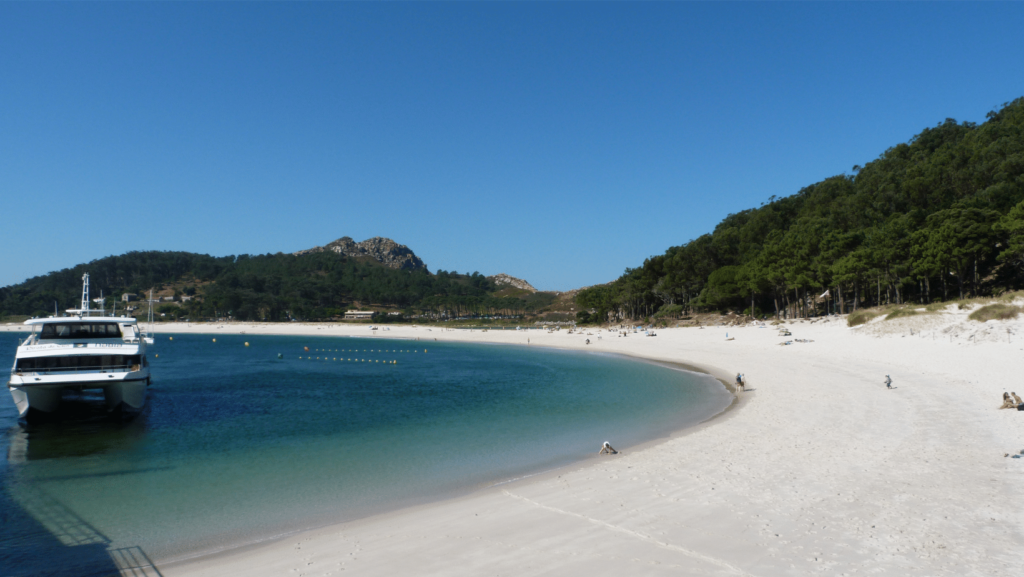Table of contents
To the northwest of Spain the autonomous community or society of Galicia is located, which has abundant vegetation and a coastline that covers more or less 1500 km; the Atlantic to the west and the Cantabrian to the north. It is said that it has the most beautiful beaches in Spain. However, with the transition to an autonomous community, its territorial map has undergone a certain transformation.
A long time ago it was made up of 7 provinces. Before 1833 it was a medieval kingdom and was made up of Tui, Santiago, A Coruña, Betanzos, Ourense, Lugo and Mondoñedo. Then they were reduced to 5 and currently has 4; such as: A Coruña, Lugo, Ourense and the new Pontevedra. Of these provinces, only Ourense has no coastline to the sea; however, its climate is oceanic.
The beaches of Galicia are famous for their sandy beaches, both urban and some a little more hidden, turquoise waters, spectacular sunsets, white sands, ideal beaches for surfing and diving, among other things. Let’s start by describing the wonderful beaches of A Coruña, which you can visit on a private tour.
The beautiful beaches of the province of A Coruña, in Galicia

Carnota Beach: it is located further south of A Coruña; It is an open beach and occupies an area of about 7 km long, considered the largest in the community of Galicia. Its shape is very similar to a half moon, with turquoise blue waters and fine sand, which is interrupted by the marshes near the beach. The rest of the environment has El Monte Pindo and the beautiful dunes.
These marsh ecosystems and the various dunes, with an area of 626,000 square meters, are home to a good variety of flora typical of the region, and certain migratory birds. The surface of the dune system is 626,000 m². This beach is considered one of the most beautiful in the world.
Frouxeira Beach: this beach is located near the Pantín parish, in the municipality of Valdoviño. It is very popular, as it is said to be a miraculous and healing beach; testimony of this are the elderly people who come to it very early, in the first light of day. In addition, it has beautiful landscapes, about 3,500 meters in length and very fine sand, extending for a little more than 3 km.
It is an optimal beach for surfing. It also has a lagoon that the different birds on the beach make good use of. If you want to see the surroundings better, a viewpoint is recommended, that of O Paraño, where you can see all the beauty of the beach.
The beautiful beaches of the province of Lugo, in Galicia

Playa de las Catedrales: its original name is Aguas Santas beach, but in terms of tourism it is called Las Catedrales beach; It is located west of Ribadeo, about 10 km from this town. It has beautiful cliffs and huge rocks in the shape of arches, caves, domes and towers, made with the stones of the place, thanks to the work during wind and sea weather, sculpting these structures, similar to the temples of the Christians.
It is also known as “The Cathedral of the Sea”, and all this is best appreciated when the tide is low; that is to say, at the time of Holy Week and during the summer months, until the middle of September, being able to walk between them. It is recommended that the schedule be 2 hours before or after the tide goes out.
Playa de Covas: located in the municipality of Vivero, it has a length of about 1500 meters. Urban and sheltered beach, which has good services and facilities; very popular in the summer season, with very calm waters and access adapted for disabled people. Towards the western part of this beach you can see some rocks called Os Castelos.
In 1810 in these rocks there has been the testimony of certain historical shipwrecks, such as the Brig Palomo and the frigate Santa María Magdalena; that can be observed when the tide is low. On a stormy night, both were shipwrecked and a little more than 500 people died. In honor of the fallen, a monument dedicated to them was erected on those rocks.
The beautiful beaches of the province of Pontevedra, in Galicia

Rodas Beach in the Cíes Islands: The Cíes Islands form an archipelago consisting of 3 islands. Monteagudo is the one to the north, in front of Cape Home; then it is followed by the island of Faro, which is the one in the center and the smallest of the three; It is followed by that of San Martiño, which is located south of Monteagudo, closing the Rías Baixas. Then the islands of Monteagudo and Faro came together naturally, forming the beach of Rodas.
It is impressive 1300 meters long, in the shape of a half moon, with very fine white sand, emerald and very crystalline waters. It joins on the east coast with the Ría de Vigo and on the west side it fills Lake dos Nenos with its marine fauna. Ideal beaches for scuba diving. It is reached by boat or ferry.
Menduíña Beach: Located in Cangas de Morrazo, is a rocky coast, with many beaches; It has about 39 of them, some urban and others more remote. Among them we have the Menduíña beach, located in Aldán, with its crystal clear, calm and blue waters; white sand and is ideal for the whole family.
Endowed with good structures, small but accessible to all people; including good access for the disabled. It also has surveillance, which allows you to relax without problem. In summer it is very visited by tourists, since at that time the waters are not so cold.
Likewise, you can enjoy good food, fish or seafood at very reasonable prices. As for safety, it has the necessary rescue equipment for any emergency; in addition to the signs that indicate any danger.


